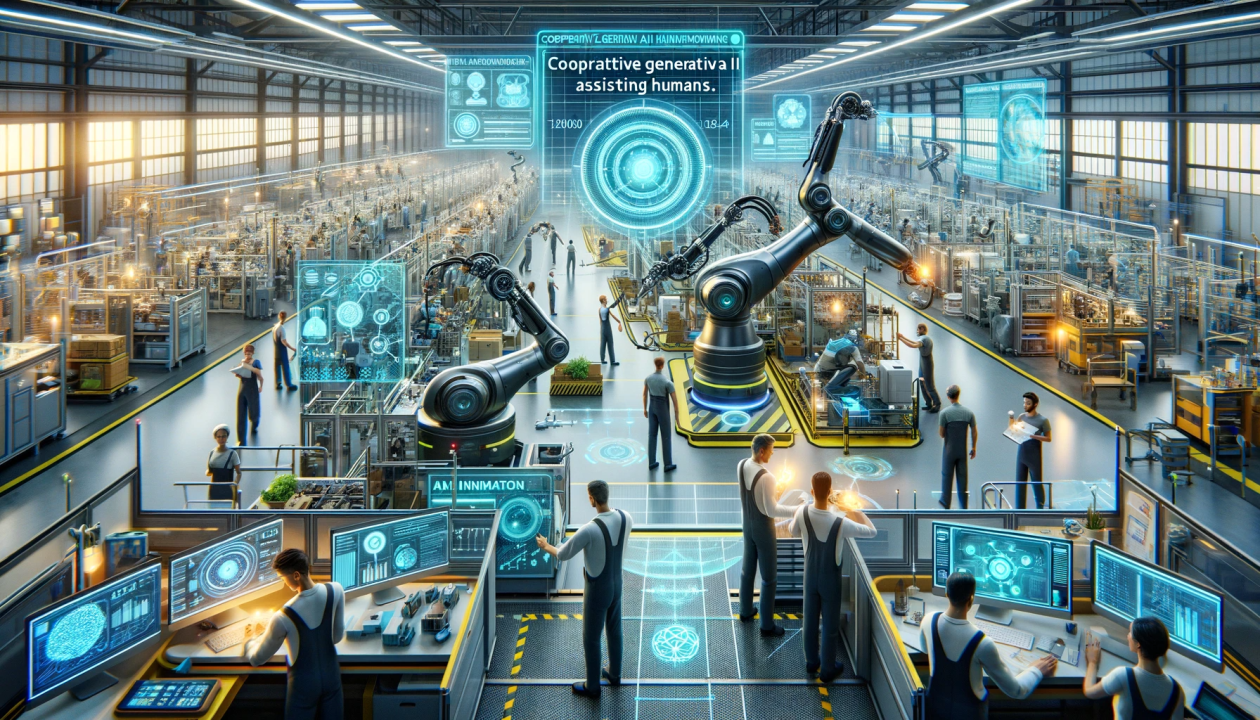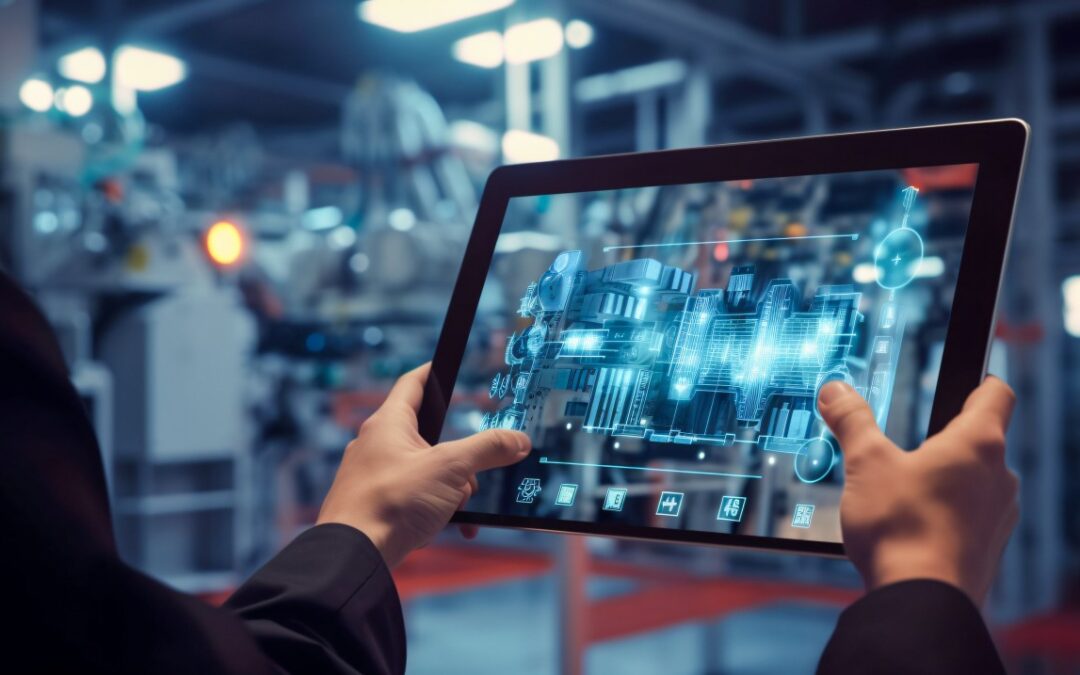In the realm of machine maintenance, identifying issues before they escalate is crucial. The use of a stroboscope to detect gear defects has become an essential tool in ensuring the reliability and efficiency of mechanical systems. This guide will explore how stroboscopes work, their benefits, and their application in detecting gear defects, particularly for Industry QA Professionals who are keen on maintaining the highest standards of machine functionality.

Understanding the Basics of Stroboscopes
A stroboscope is a device used to make a cyclically moving object appear to be slow-moving or stationary. This effect is achieved by illuminating the object with short, repetitive flashes of light. When the frequency of the flashing light matches the frequency of the object’s motion, the object appears stationary. This fascinating optical illusion is not only intriguing but also incredibly useful in industrial applications.
How Stroboscopes Work
The principle behind a stroboscope is relatively straightforward. By adjusting the frequency of the light flashes to coincide with the movement of the object, the object can be observed in detail. This allows for the identification of any abnormalities or defects in gears, which could otherwise go unnoticed during regular observation.
Types of Stroboscopes
Stroboscopes come in various types, each suited for specific applications. The most common types include LED stroboscopes, which are energy-efficient and provide bright lighting, and xenon stroboscopes, known for their powerful flashes suitable for high-speed applications. Selecting the right type of stroboscope depends on the specific requirements of the gear inspection process.
The Importance of Detecting Gear Defects
Gears are vital components in many machines, and their proper functioning is critical to the overall performance of mechanical systems. Detecting defects early can prevent significant downtime and costly repairs. A stroboscope provides a non-intrusive method to inspect gears without stopping the machine, making it a valuable asset in preventive maintenance strategies.
Common Gear Defects
Some common gear defects include tooth wear, misalignment, cracks, and chipping. These defects can lead to increased vibration, noise, and ultimately, machine failure. By using a stroboscope, these defects can be detected early, allowing for timely intervention and repair.
Benefits of Early Detection
Early detection of gear defects offers several advantages. It helps in minimizing machine downtime, reducing maintenance costs, and extending the lifespan of machinery. Moreover, it enhances the safety of operations by preventing unexpected breakdowns.
Application of Stroboscopes in Industry
In industrial settings, the application of stroboscopes is widespread. They are used in quality assurance processes to ensure that gears and other rotating components function correctly. The ability to observe machinery in real time without halting operations is a significant advantage in maintaining production efficiency.
Using Stroboscopes for Machine Inspection
Stroboscopes are particularly useful in machine inspection. By providing detailed visual feedback, they allow technicians to verify the alignment, balance, and condition of gear components. This capability is invaluable in industries where precision and reliability are paramount. For more insights, you can visit stroboscope for machine inspection.
Comparing Stroboscopes and Tachometers
While both stroboscopes and tachometers are used in machine diagnostics, they serve different purposes. Tachometers measure the rotational speed of components, whereas stroboscopes provide a visual inspection tool. Together, they offer a comprehensive approach to machine monitoring. Learn more about their differences at stroboscope vs tachometer.
Implementing Stroboscopes in Maintenance Protocols
Integrating stroboscopes into regular maintenance protocols can significantly enhance the reliability of industrial machinery. By routinely inspecting gears and other moving parts, companies can proactively address potential issues before they escalate.
Setting Up Stroboscope Inspections
Setting up a stroboscope inspection involves calibrating the device to the correct flash rate and positioning it to illuminate the gear in question accurately. Training technicians to interpret the visual cues provided by the stroboscope is also essential for effective inspections.
Challenges and Solutions
One of the challenges of using stroboscopes is ensuring that the flash frequency is precisely aligned with the gear’s movement. Variations can lead to misleading observations. However, modern stroboscopes come equipped with features that simplify this process, making them more user-friendly and effective.
Future of Stroboscope Technology
As technology advances, the capabilities of stroboscopes are expected to grow. With improvements in LED technology and digital interfaces, future stroboscopes will offer even greater precision and ease of use. These advancements will further solidify their role in industrial maintenance.
Innovations on the Horizon
Future innovations may include the integration of AI for automated defect detection, real-time data analysis, and cloud connectivity for remote monitoring. These features will enhance the ability of stroboscopes to provide comprehensive insights into the condition of gears and other mechanical components.
Integrating AI in Stroboscopes
The integration of artificial intelligence in stroboscopes promises to revolutionize gear inspection processes. AI can help in identifying patterns and anomalies that may not be immediately apparent to human observers, thus providing a higher level of diagnostic accuracy.
Conclusion
In conclusion, the use of a stroboscope to detect gear defects is a powerful tool in the arsenal of Industry QA Professionals. By facilitating early detection and precise inspection of gears, stroboscopes play a pivotal role in maintaining the efficiency and reliability of mechanical systems. As technology continues to evolve, the importance of stroboscopes in preventive maintenance is set to increase, offering even more advanced solutions for gear inspection.

Frequently Asked Questions
What is a stroboscope used for?
A stroboscope is used to make moving objects appear stationary, allowing for detailed inspection and detection of defects in mechanical components, such as gears.
How does a stroboscope help in detecting gear defects?
By matching the flash frequency with the gear’s rotation, a stroboscope allows for a clear view of the gear in motion, helping to identify issues like misalignment, wear, and cracks.
Can stroboscopes be used in all industries?
Yes, stroboscopes are versatile and can be used in a wide range of industries, particularly those involving mechanical systems that require regular inspection and maintenance.
This article contains affiliate links. We may earn a commission at no extra cost to you.
